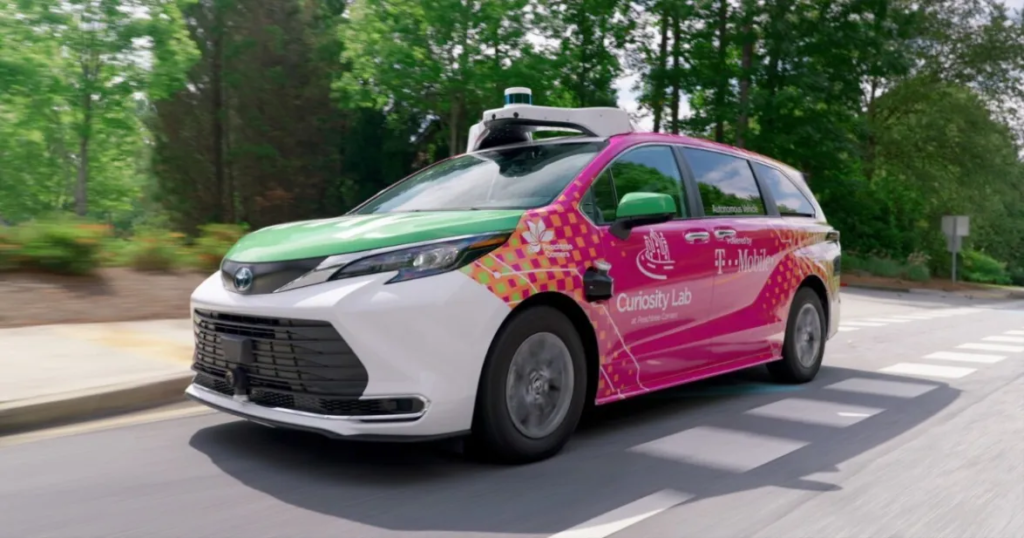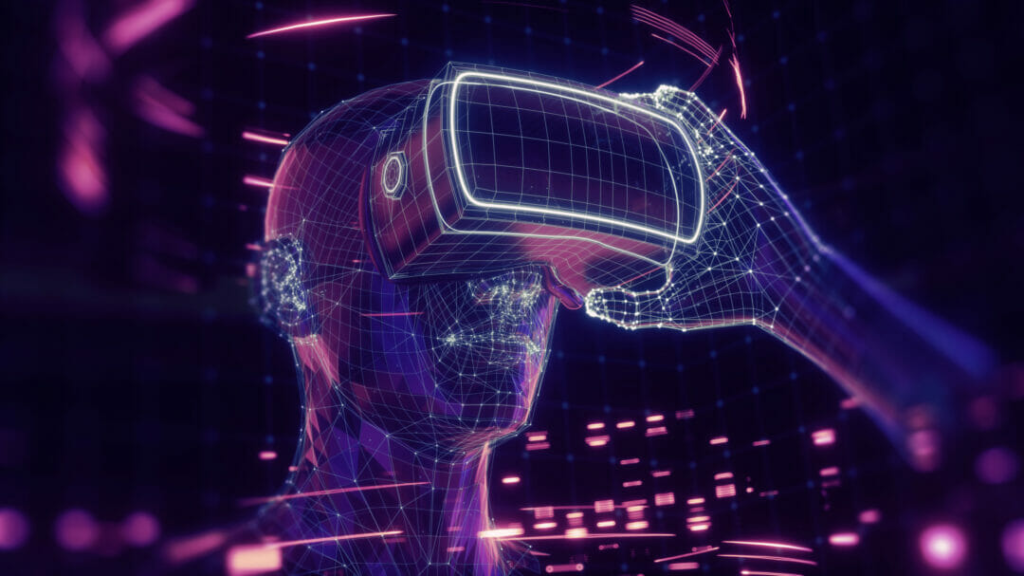Netflix’s highly anticipated live-action adaptation of “One Piece” has made a significant impact in the streaming world. According to data provided by the platform, the series managed to amass a remarkable 18.5 million “views” and a total of 140 million hours viewed during its inaugural four days of release. This immediate success propelled “One Piece” to the top of Netflix’s coveted Top 10 streaming chart, a noteworthy achievement in the competitive realm of online entertainment.
The timing of “One Piece’s” debut was strategic, as it premiered on August 28th, just ahead of the extended Labor Day weekend in the United States. Netflix’s viewership statistics cover the period from that date through September 3rd, offering a snapshot of the series’ initial reception.
However, interpreting these numbers necessitates a nuanced perspective. Streaming platforms, including Netflix, have traditionally been less transparent when it comes to reporting viewership figures. This lack of clarity has emerged as a central issue in disputes involving Hollywood writers and actors. Furthermore, Netflix itself adjusted its methodology for reporting statistics in June, choosing to rank its Top 10 list based on “views.” This metric calculates the number of hours viewed divided by the total runtime of the content, a move intended to ensure fairness for both short and long-format movies and TV shows.
With this context in mind, let’s examine the numbers. Netflix’s previous live-action adaptation, “Cowboy Bebop,” garnered 21.6 million hours viewed over its first four days of release, albeit with only total viewing hours available for comparison at the time. While it’s not an exact comparison, this suggests that “One Piece” may be off to a stronger start.
Additionally, “One Piece” holds its ground when measured against other major releases from the past year. For instance, “The Witcher” Season 3, Part 1 accumulated 15.2 million views and 73 million hours viewed in its initial four days. Arnold Schwarzenegger’s “Fubar” saw 88 million hours viewed, while “Manifest” Season 4 debuted with 78 million hours viewed.
Nevertheless, “One Piece” falls short of the remarkable figures generated by certain other Netflix releases. The Bridgerton spinoff “Queen Charlotte” debuted to an astounding 148 million hours viewed over its first four days, “The Night Agent” opened with an impressive 168 million hours viewed, and “Outer Banks” Season 3 kicked off with a substantial 154 million hours viewed.
In essence, “One Piece’s” debut appears robust based on the data provided by Netflix, even if it doesn’t quite reach the exceptional heights of some of the platform’s other popular shows. Notably, it surpasses “Cowboy Bebop,” which faced criticism from fans and was canceled just three weeks after its debut.
The series’ future trajectory remains uncertain, with its performance over the next few weeks playing a crucial role in Netflix’s decision to renew or cancel it. Although Netflix has yet to announce plans for future seasons, fans are well aware that the “One Piece” manga and anime offer a wealth of source material waiting to be adapted. The journey of this pirate adventure is far from over, and viewers will undoubtedly be eager to see where Netflix takes it next.








